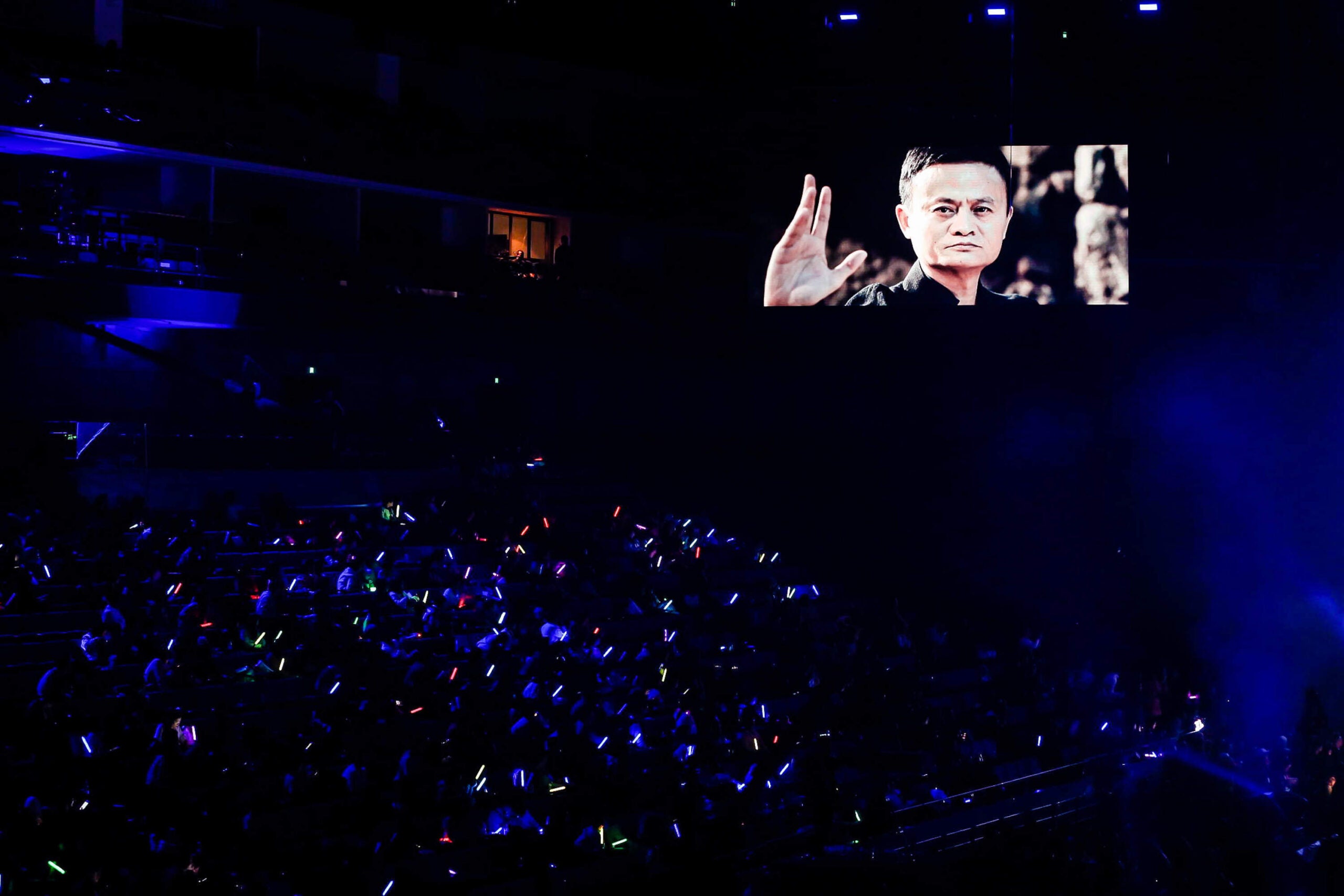
Chinese e-commerce giant Alibaba Group is in good financial shape for 2018 after posting consistent annual revenue growth since 2010.
The company is now said to be leading an RMB8.35bn ($1.38bn) investment in Chinese courier group ZTO for 10% share of the company, as well as financing technological innovations such as cloud computing and its digital media and entertainment platforms. With this in mind, how did Alibaba annual revenue increase year-on-year, and what do the new investments mean for the e-commerce giant in continuing its strong financial performance?

Access deeper industry intelligence
Experience unmatched clarity with a single platform that combines unique data, AI, and human expertise.
Since 2010, Alibaba’s annual revenue has grown from RMB6,670m ($1,039m) in 2010 to RMB52,504m ($8,179m) in 2014. Annual revenue grew the highest between 2016 and 2017 from RMB101,143m ($15,756m) to RMB158,273m ($24,656m) in just one year.

Last year was very positive for Alibaba, with the Chinese retailer almost doubling its stock price. Revenue also increased across most segments, and the company reported a relatively flat earnings before interest, taxes, depreciation and amortisation (EBITDA) margin compared to the previous year, despite significant investments in digital media and entertainment, cloud computing, and other innovation initiatives.
The continually high EBITDA margins are doubly impressive considering many of these segments are operating at a loss.

US Tariffs are shifting - will you react or anticipate?
Don’t let policy changes catch you off guard. Stay proactive with real-time data and expert analysis.
By GlobalDataAlibaba’s net revenue was up by 66% year-on-year to RMB144bn ($22.43bn) throughout the first three-quarters of 2017 due to the strength of the core retail business and the investment in the cloud computing and digital media and entertainment sectors. Adjusted operating income also rose by 57% year-on-year to RMB67bn ($10.44bn), again with the EBITDA margin remaining flat over the period at 46%.
Internationally, Alibaba’s e-commerce was boosted through the addition of Singaporean counterpart Lazada, adding to a 76% rise in the comparable prior year period to RMB13bn ($1.87bn). Alibaba invested an additional $1bn in Lazada as a result, taking its total stake in the company from 51% to 83%.
Gains in cloud and entertainment sectors
Alibaba’s cloud computing revenues almost doubled to RMB7.6bn ($1.18bn) through the last three quarters of 2017. This figure is expected to increase in the coming years due to the rising demand for internet infrastructure in China and other Asian Markets, and also due to more efficient economies of scale.
Revenues from the digital media and entertainment sectors combined were up by 62% to nearly RMB13bn ($2.03bn), with online video streaming platform Youko Tudou the largest driver of growth despite competition from video streaming rivals in China Baidu iQiyi and Tencent Video. Market data portal Statista said that while some of these loss-making sectors have improved recently, it may take a few years before all of these divisions become profitable.
In a letter to shareholders last October, executive chair Jack Ma wrote: “The world as we know it will be dramatically changed by the advent of new technology in the coming 30 years. The internet will no longer be the sole domain of so-called internet companies; the internet will work for every company.
“We see transformation rapidly taking place in many industries, with internet technologies serving as the catalyst for revolutionary change. Today, we see the endless possibilities that technology and innovation can bring to improving society and people’s lives.”
Alibaba annual revenue forecast: 2018 and beyond
Forecasts for 2018 expect Alibaba’s net revenues to increase by 49% to 53%. Statista said that the company’s adjusted EBITDA margin to increase by more than one percentage point on 2017 levels at 48.7%. Alibaba’s stock price rose by nearly 100% last year, increasing from under $90 to $175 by December 2017. Currently, it stands at £198 as of May 2018.
Tuesday’s deal to acquire 10% share of ZTO in a consortium of other investors is part of the firm’s new transition into offline services. The consortium includes Alibaba’s majority-owned logistics affiliate Cainiao Smart Logistics Network, according to a joint statement from the companies and ZTO. This is the third investment Alibaba has made in the Chinese courier market after buying a minority stakes in YTO Express and Best Inc.
GlobalData Global Retail research director Maureen Data tells Verdict: “E-commerce retailers such as Alibaba recognise that physical space is still an important part of the shopping experience for consumers and they need to understand how people behave when shopping in a physical space as much as online so that they can provide a fully integrated experience.
“With its Hema chain of supermarkets in China Alibaba is using technology to discover how consumers shop in the physical world and using that data to develop a new retail model that fits with the lifestyle of 21st century consumers globally.”
Logistics expansion
Alibaba annual revenue growth has also been buoyed by logistics. The company has been expanding its logistics network both domestically and internationally as it works to diversify its consumer base.
In September last year, Alibaba became a majority shareholder in Cainiao, which provides logistics support to the main e-commerce platform Taobao.
Ma added in the letter: “Commerce as we know it is changing in front of our eyes. ‘E-commerce’ is rapidly evolving into ‘New Retail’. The boundary between offline and online commerce disappears as we focus on fulfilling the personalised needs of each customer. In China, our New Retail initiatives are taking shape as the starting point to our ‘Five New’ strategy–comprised of New Retail, New Finance, New Manufacturing, New Technology and New Energy.”







